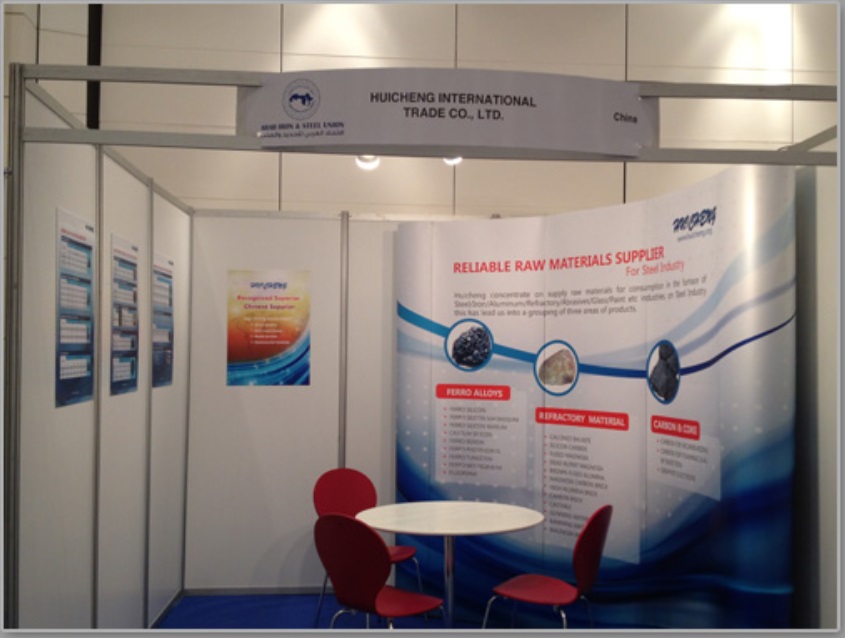Blogs
2021
The pandemic, from Delta to Omicron, continued to spread worldwide in 2021. Many major cities were locked down multiple times, which affected the local economy; to react, the governments launched fiscal policies to stimulate their economies. Since the third quarter, the world has faced inflation. Many emerging market countries raised their interest rates in the first two quarters, which were further raised in the third quarter. Developed countries such as Norway and South Korea raised their interest rates for the first time. In the fourth quarter, interest rates in emerging markets continued to grow in order to slow down the inflation that was higher than expected.
Through 2021, China was policy-oriented. In the first two quarters, the Chinese government introduced policies including repeatedly ordering to release control measures to stabilize commodity prices. In particular, the China dual control policy on energy consumption had a great market impact. In the fourth quarter, the government continued its high regulation on the market, which was unprecedented. After the National Day holiday, China continued its high-pressure regulation on some commodities. As of October 27, the NDRC issued 28 documents within nine days to control the excessive rise of coal prices, issued strict energy efficiency constraints in key industries of metallurgy and building materials, and promoted energy conservation and carbon reduction plans. All bulk commodities were wiped out, including crude oil, natural gas and precious metals industry. The Chinese government’s intervention has also hit the external industrial metals, which led to commodities oversold into stagflation and market sentiment was depressed.
In 2021, LME aluminum price soared. Boosted by insufficient supply and demand recovery, LME aluminum stood above USD2800/ton, up to around 42% in the whole year–the largest increase since 2009 and continuous rising for two years. On March 15, the aluminum market in Shanghai reached a new peak, hitting RMB18000/ton. On May 10, the aluminum price broke through RMB20000/ton, which was the highest price in 13 years. On October 18, the main contract of aluminum futures set a record high price of RMB24765/ton, followed by a fall of 24% in one month. On December 30, the price of Shanghai Aluminum Future Market rose to RMB20000/ton for a second time.
Huicheng continued to import aluminum alloy ingots steadily, explore overseas markets and domestic aluminum alloy and die-casting aluminum markets, and the import volume was higher than that in 2020. The export business was stable in the first half of the year. From the third quarter, the price of resource-based products hit a record high, including sea freight. Huicheng overcame various objective factors and successfully implemented the orders; In the fourth quarter, the commodity market fell sharply in October, almost halving, and foreign customers slowed down their procurements.





